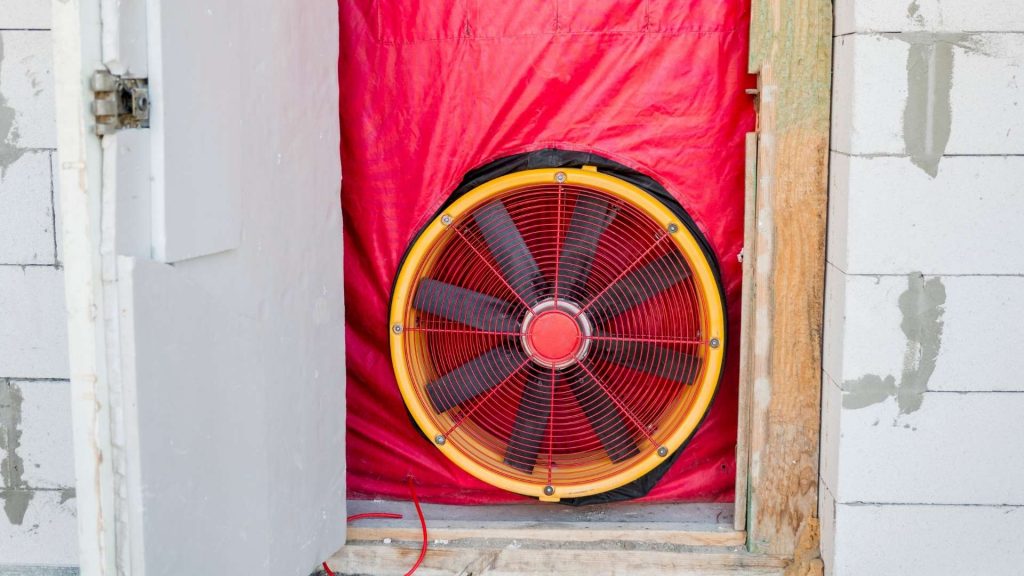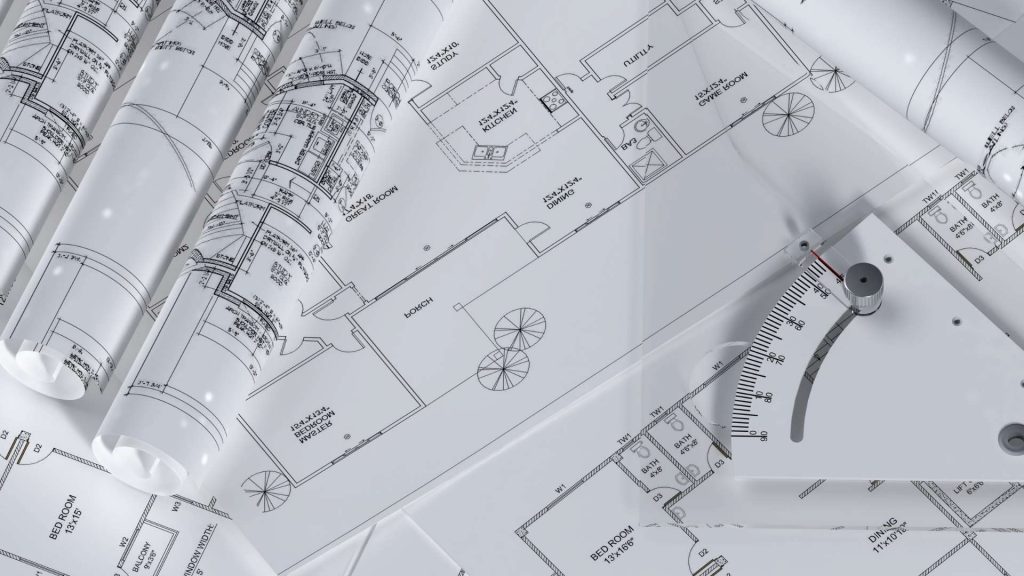There are many benefits to keeping your building’s air tightness high. Air leakage can be a major problem for the energy efficiency of your building, causing cold draughts and heat loss. Performing air testing is an essential part of building green and making your energy bills more affordable. Read on for more information on the benefits of air testing and why you should consider it for your building. You can save up to 50% on your energy bills with air tightness testing.
Do I need an air test?
It is important to remember that a building’s air tightness is determined by its SAP calculations score. An air tightness test will determine if the building is meeting the building regulations. If you’re building a brand-new property, you’ll need to ensure that the energy-efficient components are well-insulated and sealed. Ensure that all doors and windows are operable, and that garage doors are air-tight. You’ll also need to ensure that any trickle vents are closed. Finally, you’ll need to install the proper hatches for loft access.
Why is Air Testing Important?
Building airtightness testing is vital to achieving energy efficiency and maintaining a healthy internal environment. A building’s airtightness cannot be visually assessed, but it can be measured to determine whether or not it is leaking air. During the test, tenants are unable to enter the building until it has been depressurised to 50 Pascals (the equivalent of twenty miles per hour wind hitting the building from all sides). The process begins by attaching a door blower fan to a manometer and a computer. The blower fan then activates the test, and readings are taken between 0 and 50 Pa. The air leakage rate is the result of the duration of this fluctuation.
As the building construction industry moves toward carbon neutral housing and an industrial complex that is energy efficient, it is vital to maintain a high level of airtightness. When a building is not energy efficient, it loses energy and creates cold draughts. The results of air testing can help the building meet its carbon neutral goals and reduce energy bills. This article discusses some of the reasons why air tightness testing is important, as well as the methods involved.

How is an Air Test Performed?
How is an Air Test Performed? is a quick and easy way to determine the integrity of your pipeline installation. The test helps determine if joints are secure and to assess workmanship and site handling damage. Stanton Bonna recommends air testing every three to five pipes, before backfilling and before constructing manholes. Performing the test requires placing a ‘U’ tube under pressurised air.
A typical air test will be performed on a pipe that contains a mixture of water and isopropyl alcohol. This mixture is mixed with a concrete specimen and sealed. The mixture is then filled to the zero point with either water or isopropyl alcohol. After the mixture is completely mixed, it is vigorously agitated to flush any air voids. The pressures will then be measured.
Air Tightness Testing for New Builds
Building regulations require residential properties over 500 square metres to undergo air tightness testing. The amount of test buildings depends on the size of the development. A small development with only a few properties may only require one test, whereas larger developments have many different tests. E2 Consultants can help you plan the construction of your new property, from desktop reviews to pre-test inspections on site. To ensure your property is air tight, contact Ratio Seven.
The air testing procedure is carried out to prove that the building is compliant with Part L of the Building Regulations. It aims to identify any areas where air can leak out. These areas can lead to considerable heat loss and reduced energy efficiency. New buildings in Sheffield are required to meet certain air permeability targets, so it is crucial to get these areas checked. Once the tests have been carried out, the next step is to apply the findings.
Commercial Air Testing
Commercial air testing in Sheffield is mandatory for new dwellings and a requirement for building control approval. The certificate issued by the company carries all the necessary details and shows that the test was valid. The process of Commercial Air Testing in Sheffield includes sealing up intentional leakage areas and uninstalled components. To avoid any unforeseen problems, the company will conduct all the necessary tests and report findings to the client. Once the tests are complete, the commercial air testing in Sheffield certificate must be produced before any work can commence.
Air leakage and permeability testing is important for both domestic and commercial buildings. The test measures the permeability of building fabric by creating an artificial air pressure within the building. This test is required by the Approved Document L (AD L) and the Technical Handbook (TSH6). The air leakage rate is measured and is a vital indicator of the building’s energy efficiency and safety. The building owner must commission air testing for new developments. For more information, contact an accredited company to discuss your air tightness requirements.
SAP Calculations in Sheffield
In the construction industry, SAP calculations are an important part of the process. These calculations can be useful in a number of situations, including new construction and renovation projects. They can help you to identify ways to improve the energy performance of your building and save money. This information will be beneficial for the building process, from planning to constructing your property. Listed buildings have to meet certain requirements, so you must ensure that your building complies with them.
Here are a few examples. Fabric improvements can improve a building’s U-value and reduce costs. Fabric improvements include improving insulation levels in the exterior walls, roof, and windows. Also known as thermal mass, these materials can store heat and produce heat, thereby reducing the amount of energy used by the building.

What are SAP Calculations?
As Built SAP Calculations show the energy efficiency of a building. For new buildings, these calculations are used to demonstrate that the building meets the minimum requirements set out in the Building Regulations Part L. For extensions, change of use, and refurbishments, different rules apply. In these cases, the building control officer will request that the developers produce As Built SAP Calculations. The calculation will result in an Energy Performance Certificate for the building that will be sent to the relevant authorities.
Do I need SAP Calculations?
If you’re building a new home, you may have heard of SAP Calculations. These calculations are necessary for the Energy Performance Certificate (EPC). The purpose of an EPC is to ensure that a building’s energy use is lower than the national average and its CO2 emissions are kept to a minimum. However, what are SAP Calculations? And how do I know if I need them? Read on to learn more.
First, you need to determine the purpose of SAP calculations. There are two different types of calculations – As Built and As Designed. As Built calculations are required if you’re aiming to meet Building Regulations requirements, get a Stamp Duty exemption for a zero carbon home, or get an Energy Performance Certificate. These calculations are required for any building that has a glass facade, as well as for any other type of glazing.
SAP calculations for Extensions
If you are planning an extension, you may need to conduct SAP calculations. These are calculations which consider a wide range of factors, including the materials used, heating systems, and renewable energy technologies. The SAP score will indicate the likely energy running costs of your new extension. The calculation may be required for all new extensions, but some projects are exempt from the requirement. Here’s some information about this calculation. And what’s more, it’s not compulsory for all extensions.
To be eligible for the SAP rating for a new build dwelling, you must complete a SAP calculation. An accredited On Construction Domestic Energy Assessor can perform these calculations. These calculations are finalised during the As Built stage. If the building does not meet the SAP criteria, you can get an Energy Performance Certificate instead. The process of SAP calculations is fairly straightforward. An assessor will use the specifications provided by you to calculate the rating.
SAP calculations for New Builds
SAP Calculations are required for all new dwellings in Sheffield, UK. They show compliance with Part L1A of the Building Regulations, and are a necessary part of the approval process. These calculations are also required for properties undergoing conversion or change of use. In addition, the SAP calculations must meet the requirements of Building Control. In Sheffield, SAP calculations are required both before and after the design stage. Elmhurst Energy Consultancy can complete your SAP calculations and generate your On Construction EPC.
Building regulations require that new domestic dwellings undergo a SAP calculation. This report will show whether the dwelling meets the target energy efficiency level. Often called an energy report, SAP calculations involve desktop calculations and drawings of the property to be built. These calculations are then submitted to a building control officer before work can start. To comply with the requirements, SAP calculations should be carried out in two stages – before planning approval is granted and again, before building works begin.
SAP Calculations EPC
Performing SAP Calculations is a crucial part of the building regulations process, particularly for new builds. These calculations determine the carbon footprint of a new building. In addition to the carbon footprint, they also measure heat retention, solar gain, and other factors that impact energy use. The results vary between new builds and older buildings, and can depend on a building’s design and level of insulation. To avoid any legal problems, it is recommended to hire a professional SAP Calculations company.
The SAP method uses a formula called the Standard Assessment Procedure (SAP) to calculate a dwelling’s energy efficiency. This method, known as the SAP, measures energy use per unit floor area and includes emissions of CO2. It also calculates a dwelling’s potential for overheating in summer and cooling load in winter. This calculation is necessary for many reasons, including sale, rental, and building control sign-off.





